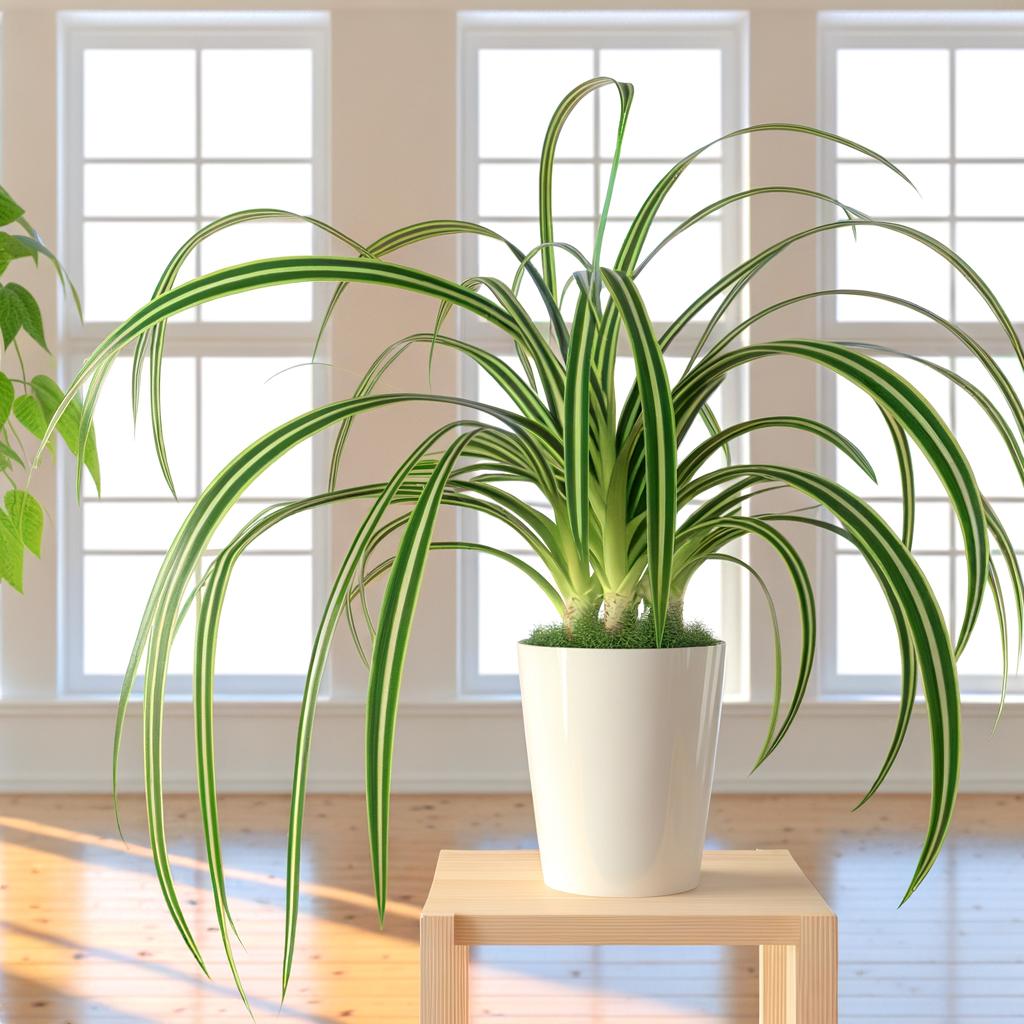Care Guide
Watering, light, soil, and all the basics for healthy spider plants.
Read More →Watering Guide
Master when, how much, and how often to water your spider plant.
Read More →Bathroom Placement
Perfect environment for spider plants with natural humidity.
Read More →Light Requirements
Find the perfect spot for your spider plant with our lighting guide.
Read More →Propagation
Step-by-step guides for propagating spider plant babies (spiderettes).
Read More →Hanging Guide
Display your spider plant beautifully with hanging methods.
Read More →Types & Varieties
Explore variegated, curly, and rare spider plant types.
Read More →Troubleshooting
Fix brown tips, pests, and other common spider plant problems.
Read More →Drooping Leaves
Why spider plant leaves droop and how to fix it.
Read More →Mold Issues
Prevent and treat mold problems in spider plants.
Read More →Shop Spider Plant Essentials
Expert-curated products for healthy spider plant growth. From pots and fertilizers to live plants and care essentials.
Best Pots
Expert-curated selection of the best pots and planters for spider plants.
Shop Pots →Fertilizers
Premium fertilizers and plant food specifically formulated for spider plants.
Shop Fertilizers →Live Plants
Healthy spider plant cuttings and live plants. Perfect for beginners.
Shop Plants →Featured: Plant Health Guides
Having spider plant problems? Start with our yellow leaves guide, brown tips guide, leaves falling off guide, or not growing guide for the most common issues.
Why Grow Spider Plants?

Air Purification
Spider plants remove toxins and improve indoor air quality.
Pet Safe
Non-toxic to cats and dogs—safe for every home.
Easy to Grow
Thrives in a wide range of conditions—perfect for beginners.
Propagates Easily
Grow new plants from spiderettes—share with friends!
New to Spider Plants?
Check out our Glossary for plant care terms, or browse our full resource library for answers to all your questions.
Explore the GlossaryReady to become a spider plant pro?
Jump into our complete care guide or explore all our resources to grow your best spider plant ever.
